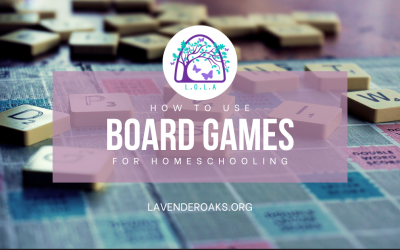Looking for an exciting and interactive way to boost your child’s math skills? Look no further! A plain deck of cards is the perfect tool for educational math games that will make learning fun and engaging.
With innovative card games, your child can sharpen their math skills while having a blast. Whether they are just starting out or a math whiz, these games are designed to cater to learners of all levels. From basic addition and subtraction to more complex multiplication and division, our card games cover a wide range of math concepts.
Not only will these card games provide hours of entertainment, but they will also stimulate critical thinking and foster creativity. Your child will learn to think strategically, solve problems, and develop their mathematical abilities in a fun and interactive way.
Math War – For early mathematicians, a traditional game of war helps teach number recognition, as well as greater than/less than concepts. A simple revision of this classic card game challenges players to quickly perform mathematical operations in their head to beat their opponent. Each player is dealt an equal number of cards from the deck, which they keep face down in a pile. When the players say “Go!”, each player flips over the top card from their own deck and show each other their card. The first player to call out the sum of the cards takes the set of cards and sets them aside. The players immediately flip over the next top cards in their deck and repeat. The player with the most amount of cards when the decks are exhausted wins. If there is a tie, perform the traditional War Tie Breaker Rules: Each player draws three cards from their deck and places them face down, then each player draws a fourth card and the first person to call out the sum of the new cards wills all of the cards. Make the game more challenging by changing the rule from addition to subtraction. Also try multiplication and -if you’re up for a challenge – division!
Go Fish Combos to 10 – Play the traditional game of Go Fish, but pairs must equal 10. Aces count as 1, remove 10s and face cards. If there are 2-3 players, deal 7 cards to each player; if there are 4-6 players, deal 5 cards to each player; and leave the rest in draw pile, creating the ‘fishing pond’. Let the person sitting to the left of the dealer go first. Start your turn by asking one player if they have a specific card. Take a look at the cards in your hand and choose to ask about cards that will complete your combination to 10 with cards you already have. For example, if you have a 2 in your hand, you need an 8 to make a match. The main thing to remember is that you can only ask one person at a time, and you can only ask about one card at a time. If someone asks you if you have a card and you do, then you must give it to that person; however, unlike a regular game of Go Fish, if you have multiple of that card, you only have to give them one. Take another turn if you get the card you asked for. If you keep getting lucky and finding the cards you need to make matches, you could possibly take several turns in a row before having to “go fish” and pass the turn to the next player. You are allowed to ask the same person about a different card, or ask a new person. If you do not have the card asked for, tell the player to ‘go fish’ and they must draw a card from the ‘fishing pond’. Lay down matches to get cards out of your hand. You cannot hold matches in your hand. As soon as you get one, you have to lay it down in front of you so that everyone can see it. The person who gets rid of all their cards first wins the game, so it’s a good idea to make matches as quickly as possible. If nobody has won by the time the fishing pond runs out, the person with the most matches wins!
21 or Blackjack – In Vegas they call this one Blackjack, but it makes a great learning game for kids too (no betting necessary!). Not only will students practice their addition skills, but they’ll also get a little practice at thinking logically and calculating probability. Instead of placing bets, players collect the cards they win; the player with the most cards when the deck runs out, wins!
Math Memory – Lay all of the cards face down on the playing area in a grid. Players will take turns flipping over three cards at a time to see if they can make an equation with the face-up cards. Younger players can use addition and subtraction, while older players can try using multiplication and division. Players are challenged to remember what cards other players have previously flipped to help them create equations of their own turn. The player with the most amount of cards at the end of the game wins. J=11, Q=12, K=13
Pyramid Solitaire – This game can be played solo or with a partner. The traditional version of Pyramid involves making pairs that add up to 13, with the J=11, Q=12 and K=13. A variation can be played by removing the face cards and making pairs of sums to 10. https://www.wikihow.com/Play-Pyramid-Solitaire
So why wait? Bring the joy of learning into your homeschooling journey with our top card games. Discover the endless possibilities of using a plain deck of cards for educational math games. Get ready to have a blast while mastering essential skills and knowledge. Let the educational fun begin!




0 Comments